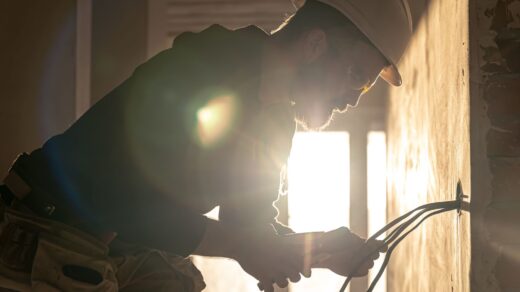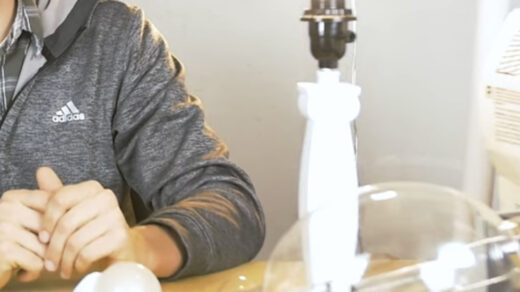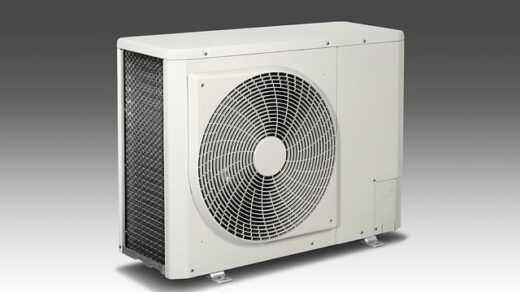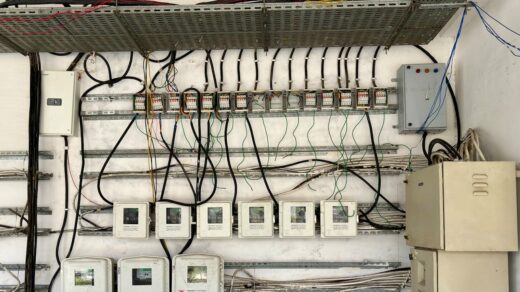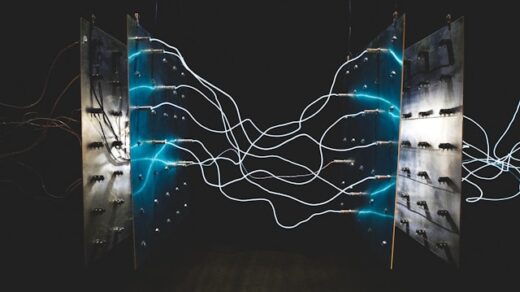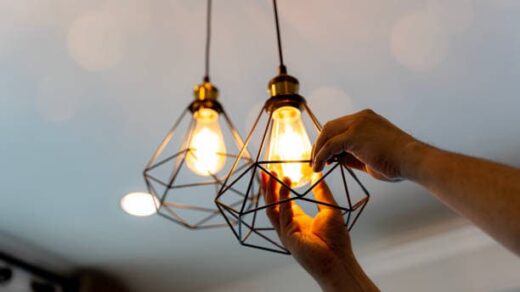During 10 years of work I have heard a lot of questions from customers and in this article I decided to give answers to the most common ones. I hope that the article will be useful and help you to choose among a wide variety of models such a voltage regulator that will suit you.
Wall-mounted or floor-mounted voltage regulator, is there a difference in service life?
There is an opinion that the wall mount of the voltage stabilizer prolongs its service life, because, for example, in electromechanical models, crumbs and dust from the brushes fall down, rather than remain on the coil, thereby not interfering with the movement of the brushes. This is a myth! And it seems to have existed since the first voltage regulator was created. Domestic voltage stabilizers, no more than 15 KVA, can indeed be wall-mounted. But, what about models for 30, 50 or 100 KVA? These are huge boxes weighing 100 kg or more, they physically can not be hung on the wall, and the brushes there are bigger, so the crumbs should be bigger. It turns out that their “life span” is very short?
Currently, the quality of brushes or rollers, depending on the modification of the voltage regulator, has improved significantly. The clamping mechanism is quite powerful, spring loaded, it provides a snug fit and does not allow any debris to get under the brush.
From my own experience, I can add that SUNTEK voltage stabilizers, produced in the universal housing (ie, you can install them both horizontally and vertically) for almost ten years of operation (since 2012) “did not wear out” their brushes. So choose a voltage stabilizer with a convenient location for you, not just a wall-mounted.
Do I need a voltage regulator in the house, if the voltage is not very bad?
This is a question we usually hear from those who are just buying or building a house. Of course, you do not want to spend money on something that is not useful. But are you so sure that the stabilizer is not useful?
First, let’s figure out if the voltage in your mains is really “not too bad”. In 70% of cases, mains voltage is not consistently bad, there are always periods with 220 volts in the outlets. Therefore, a single measurement is not enough to draw conclusions about voltage quality. The full picture can only be seen by taking a series of measurements at different times of the day for at least one week.
- Step one. Measure the voltage on each phase on weekdays in the morning.
- Step Two. Measure the voltage on each phase on weekdays in the evening (7 to 9 p.m.). Don’t forget to turn on your appliances.
- Step Three. Measure the voltage on each phase on weekend mornings.
- Step Four. Measure the voltage on each phase on Saturday evening (7 to 9 p.m.).
If your voltage is within 10% of 220 volts, that is, the voltage does not drop below 198 volts and does not rise above 242 volts, then you are in your comfort zone at this point.
“So you don’t need a stabilizer?” – you ask. Yes, you don’t need one at this point. But again, there’s a reason I emphasized “at the moment,” because things can change very quickly.
Look around you. If there is construction going on nearby, or an area is being cleared for future construction, the load on the grid will soon change dramatically. In such a situation, we recommend installing a stabilizer, even if the voltage “here and now” is normal. Only this way you can be sure that the boiler, refrigerator, TV and other expensive equipment will constantly receive a stable voltage.
What should you do if the voltage is less than 100 volts?
This is a terrible question, but unfortunately, we periodically hear it from our customers. You need to measure the readings of the devices in the network, take a video and contact the Gorelectroset in your area and the prosecutor’s office, because such voltage is already beyond all bounds of decency.
If you still want to get a higher voltage without waiting for a global solution to the problem, each brand of voltage regulators has its own series of undervoltage. For example, in the line of SUNTEK voltage stabilizers there is a special series of HH (low voltage). By installing such a stabilizer and not loading it over 50-60% of the nominal, you will get more or less stable voltage even at 100 volts in the socket.


